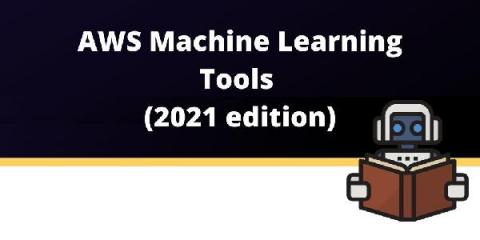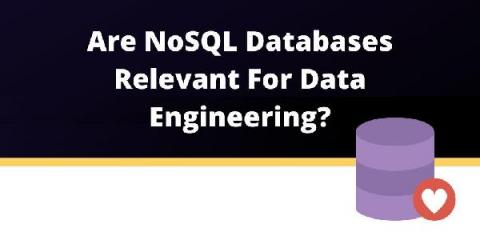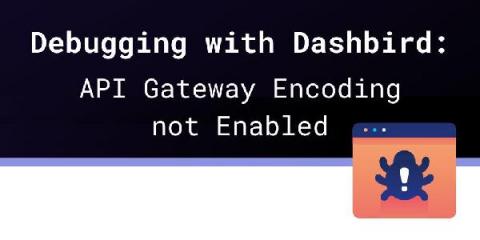7 Reasons Why You Should Consider a Data Lake
With the volume, velocity, and variety of today’s data, we have all started to acknowledge that there is no one-size-fits-all database for all data needs. Instead, many companies shifted towards choosing the right data store for a specific use case or project. The distribution of data across different data stores brought the challenge of consolidating data for analytics.











